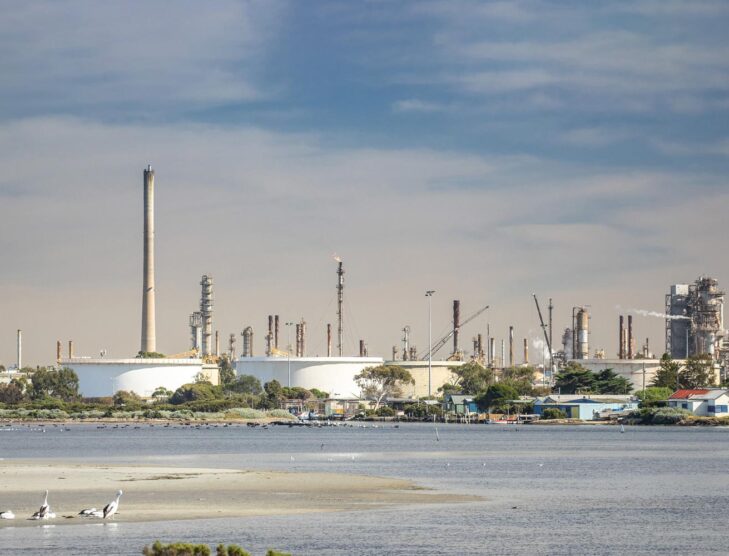
ExxonMobil to close Altona Refinery in Australia
ExxonMobil said that because the Altona refinery in Victoria, Australia, is no longer considered economically viable, the 80,000 barrel-per-day (bpd) crude oil refinery will be converted to an import terminal.
The decision was made following an extensive review of ExxonMobil operations at Australia’s smallest refinery, 13 kilometres west of Melbourne, which commenced operation in 1949. The review considered the competitive supply of products into Australia, declining domestic crude oil production, future capital investments and the impacts of these factors on operating earnings.
The Altona Refinery produces up to 14.5 million litres of refined products per day, enough to fill more than 330,000 cars. Petrol represents approximately 60% of production, with diesel fuel representing a further 30% and jet fuel around 10%.
There are around 100 storage tanks at the Altona Refinery which hold refined products or crude oil. Around 90% of products are transported by pipeline from the refinery to Mobil’s Yarraville terminal and other industry terminals for distribution by road. The refinery also supplies feedstock for the nearby Altona chemical complex, which in turn supplies feedstocks to a number of petrochemical manufacturing plants at Altona. These plants produce the raw material from which a multitude of consumer products are made.
“We are grateful for the tremendous efforts by our employees to improve the viability of the operation,” said Nathan Fay, chairman of ExxonMobil Australia. “We extend our thanks to the federal government for the significant support offered to Altona and other refineries. Our decision to convert our facility to a terminal is not a reflection of those efforts.”
The Altona refinery will remain in operation while transition work is undertaken to ensure continued reliable fuel supply for ExxonMobil customers.
ExxonMobil said it will remain a critical supplier of energy to Australia, including through its operation of the Gippsland Basin joint venture which supplies 40% of eastern Australia’s energy needs.





.png)

